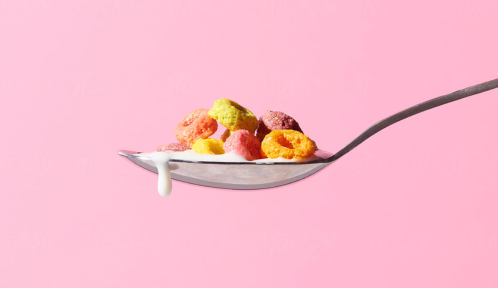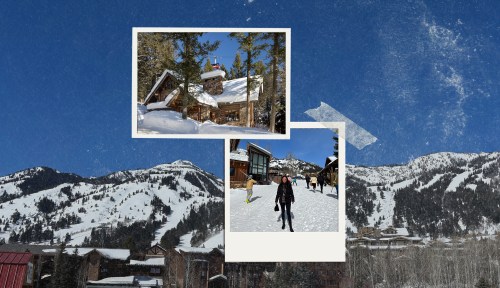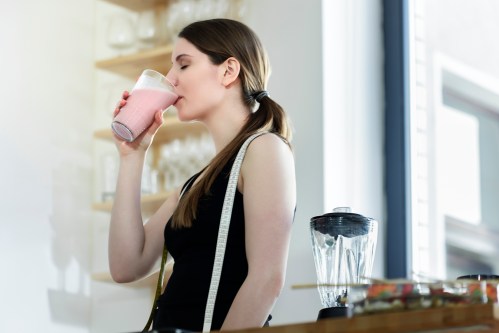Our editors independently select these products. Making a purchase through our links may earn Well+Good a commission
Traditionally, bar trends have rarely led with wellness in mind. Your fitness instructor may like her tequila or vodka straight up, but that’s a bit too hardcore for most drinkers—and thus, sugary syrups and mixers have been helping spirits go down easier since before happy hour became a concept. (So much for drinking to your health, right?)
But take a close look at the bottles behind the bar and you’ll notice a new trend has emerged: Many liquor companies are using real plants to enhance their spirits, eliminating the need for chemical-laden add-ins. Instead, you can simply sip the liquor as-is. (Whole Foods totally called it, BTW.) Earlier this year, Ketel One released a whole botanical vodka line, using ingredients like grapefruit, orange blossom, cucumber, and mint. Belvedere Vodka also uses real plants, incorporating ingredients like ginger and peach nectar into their flavored infusions. And each bottle of The Botanist Gin is infused with a whopping 22 different hand-harvested botanicals, including chamomile, spearmint, and lemon balm.
“As plant-based eating has become a bigger focus for more people, the trend has extended beyond food and started making its way into the glass,”says herbalist and Supernatural cafe founder Rachelle Robinett. “More people are starting to experiment with how to use plants in drinks as well as food.”
Another reason for the trend: The wellness revolution is here. Before, liquor was marketed as part of a “cool” lifestyle or as a way to relax. But, says Robinett, botanicals allow brands to shift the focus to healthy ingredients, many of which fall under the coveted “natural” category. (Although, PSA: We all know that too much alcohol consumption is never a good idea, so sip in moderation, k?)
Keep reading for more on how the botanical spirit boom is shaking up cocktail orders from coast to coast.
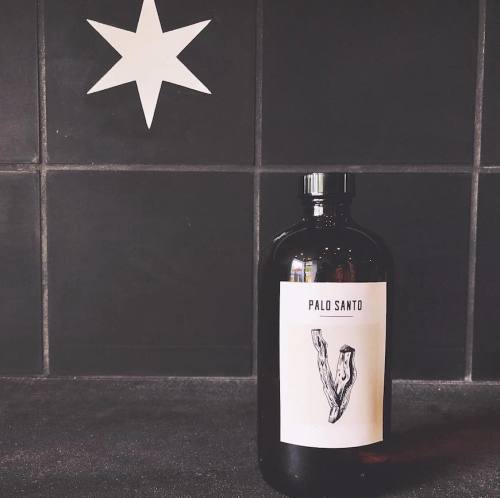
From grapefruit peel to palo santo
Matchbook Distilling & Co. founder Leslie Merinoff has a front-row seat to trending botanicals, and she uses her knowledge to help liquor industry tastemakers decide which ones to incorporate in their new blends. Her just-opened, first-of-its-kind distillery makes everything to order, helping bars, restaurants, and brands bottle a feeling or moment of time, such as a wedding or birthday.
“The spirits we make are their own category. It’s not vodka, it’s not gin. It’s called a ‘distilled spirit specialty,'” Merinoff explains. “We distill each one with a very concentrated amount of the plant—so, 35 pounds of rose, for example—and taste it every ten minutes to make sure we’re capturing it at its very best.”
Currently, Matchbook is building a “wall of botanicals” for liquor makers to choose from, which will eventually grow to include 200 plants. (Right now they’re at 20.) Some ingredients she’s finding to be particularly popular include thyme, dried apricot, and palo santo. (Yes, the same palo santo you use to smudge your space—Matchbook is releasing a liquor this fall that features it alongside bergamot and vanilla.) Green cardamom and grapefruit peel are also proving to be a hit with Matchbook’s clients, notably for their aromatherapeutic properties. “They’re life affirming elements,” Merinoff says. “They liven the senses and make you feel more alive.”
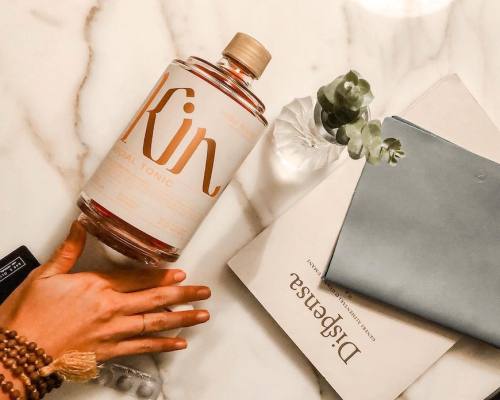
Non-alcoholic beverages go botanical
It’s not just booze brands that are going big on botanicals. Herbal non-alcoholic spirits, too, are becoming a drink category in their own right. Launching this fall, Kin Social Tonic is an alcohol-free drink made with brain fog-fighting nootropics and rhodiola rosea, an adaptogen. “We wanted to show that you can have a new experience at the bar just with adaptogens,” Ayurvedic expert and Kin Social Tonic founder Jen Batchelor says. “The combination of the nootropics and rhodiola rosea gives a more relaxed feeling and a little lower inhibition, but the effects only last about 45 minutes.”
Seedlip, another non-alcoholic spirit brand, offers teetotalers three different blends: Garden (made with peas, hay, spearmint, rosemary, and thyme), Spice (made with allspice, cardamom, oak, lemon, grapefruit, and cascarilla), and Grove (made with bitter orange, mandarin, blood orange, ginger, lemongrass, and lemon). “Herbs and plants bring more character to a drink, especially the savory ingredients,” says founder Ben Branson. “We definitely wanted to create adult profiles—something that would have some real complexity to it, not something you find in a soft drink.”

The art of crafting a botanical spirit
For any brand using real, living ingredients that aren’t concocted in a lab, the liquor-making process is a bit trickier. Weather and nature can be unpredictable, after all, and being at nature’s mercy means the taste of a spirit can change by season and batch. For instance, the peas used in Seedlip’s Garden spirit are only harvested once a year. “We have to not only predict how much we’ll need for the entire year, but also get the peas from field to freezer in 90 minutes so they stay fresh,” Branson says. “I wouldn’t have it any other way though. The changes forced by nature are part of the beauty of working with it.”
The Botanist Gin also has to harvest every ingredient when it’s in season, which could be spring or fall, depending on the plant. “The botanicals are all carefully dried and stored to ensure that the optimum flavor is preserved and released during the distillation process, which takes 24 hours,” says head distiller Adam Hannett.”It’s important to distill slowly so it gently strips the delicate flavors from the botanicals.” More work? Definitely. Worth the payoff? Totally.

How to make a DIY botanical spirit
If you’re interested in experimenting with the botanical trend on your own, Robinett says herbal tinctures are a great place to start. You can mix them with your alcohol of choice or just a bit of low-sugar sparkling water. “Lemon balm is one that can give you a happy feeling,” she says. “It’s like your rosé!” On a date? Add a few drops of damiana, which she says is considered a euphoria-inducing plant, relaxant, and an aphrodisiac.
If you’re looking to relax, one of her all-time faves is skullcap, which she says is a nervine, meaning it works with the nervous system. “Rose is a relaxant too, but that more relaxes the muscles, not the mind,” she explains. You also shouldn’t underestimate the relaxing effects of lavender and chamomile. “They tend to get dismissed as basic because they’re many people’s first teas or essential oils, but they are both really powerful plants,” Robinett says. As you can see, the possibilities are seemingly endless.
Besides making cocktail time feel slightly healthier, the popularity of botanicals is making the flavors in your glass a lot more exciting. As Brandon says, “There are 50,000 edible plants in the world, which is a hell of a lot of choice.” Better get sipping.
If you’re craving a cocktail now, here’s how to make a cumin honey tippler and a boozy kombucha punch.
Sign Up for Our Daily Newsletter
Get all the latest in wellness, trends, food, fitness, beauty, and more delivered right to your inbox.
Got it, you've been added to our email list.




